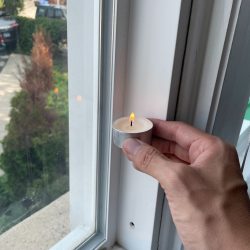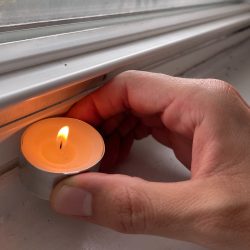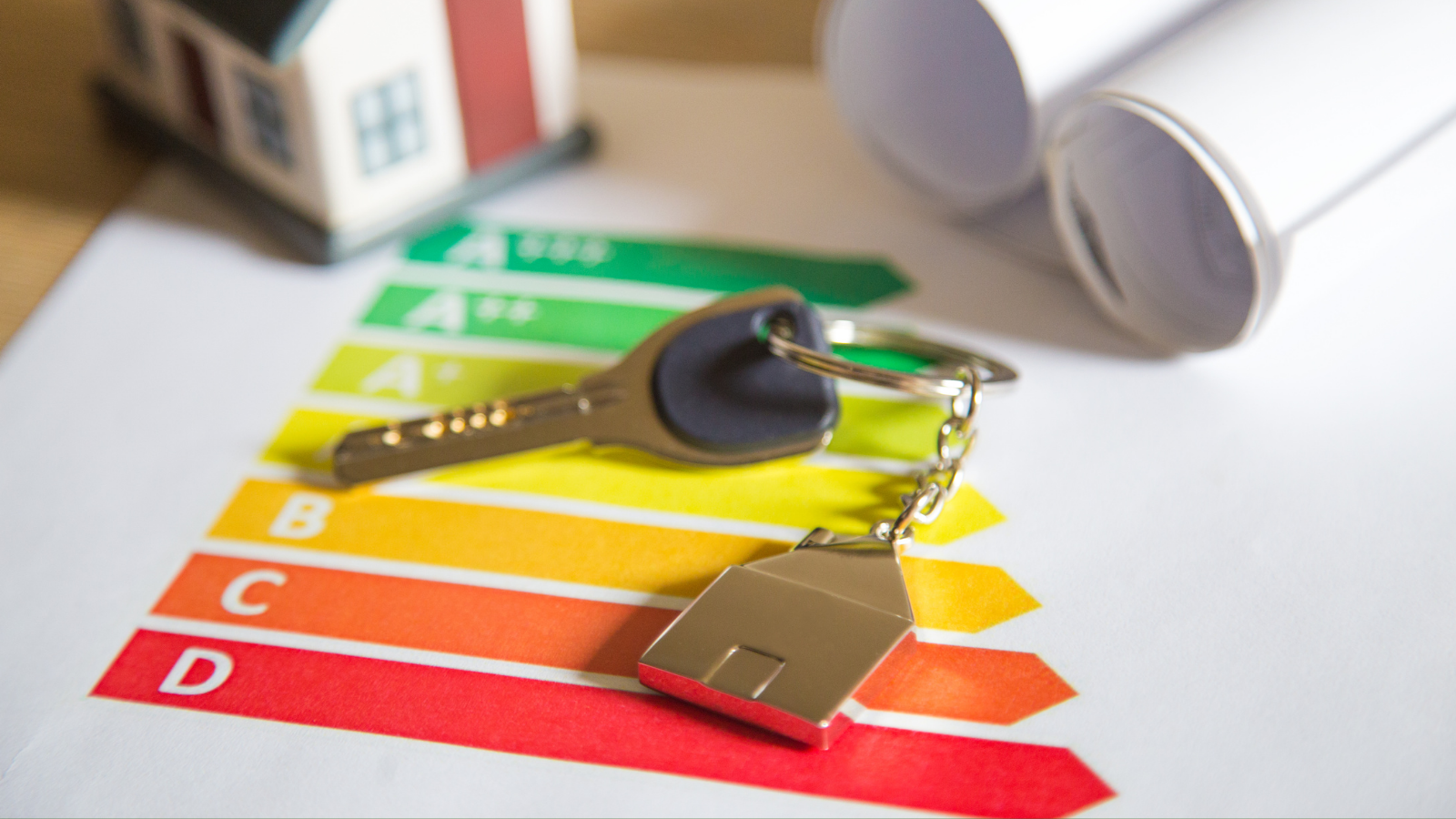By: Dany Robles, City Energy Policy Coordinator
When my family moved to Chicago in the Summer of 1995, we could not believe how hot and humid everything felt. We had just arrived from Mexico City, a place located much closer to the equator yet we were now struggling to adapt to the muggy air and blistering heat.
I was 7 years old at the time, so I didn’t realize until much later in life that this climate was part of a historic heatwave that the EPA has labeled as one of the deadliest climate related events in the last 50 years. As heat waves and other effects of climate change increase in consistency and frequency, many states and municipalities are moving towards adopting policies and codes that will help Decarbonize our Buildings, and eventually get them down to Zero Net Carbon (ZNC) . So when we talk about decarbonizing our buildings, we are looking at all the different layers of energy use that it takes to build, maintain and power the buildings while additionally adopting strategies that will reduce the carbon footprint.
There are 4 major pillars that are considered by governing bodies when adopting a Zero Net Carbon (ZNC) plan. They include Energy Efficiency and Conservation, Electrification, Low-Carbon Fuels and Reduced Non-Combustion GHGs.
That said, here are some ways that you can start implementing small changes in your home through the first of these pillars, Energy Efficiency, to get ahead of the policies (they are coming!). With these small changes your house, apartment, condo or dwelling will be on the path to ZNC and end up saving money on utility bills!
DIY Home Decarbonization: Energy Efficiency Checks
One of the easiest and most economical ways to begin the process of decarbonizing your home is by assessing your current energy use to understand ways to conserve energy and improve efficiency. A few key areas to look into in your residence are your lighting, your thermal envelope and your HVAC systems. We will discuss these in order of ease and cost, but know that the best way to move towards full decarbonization is through gradual changes and adjustments rather than full transformation (Unless you inherited all that cash flow from that uncle, then by all means go ahead!).
There has been a lot of evolution on light bulbs in the last few decades towards more efficient and longer lasting models, which makes the cost-effectiveness of newer light bulbs the easiest fix that you can do for your home. Incandescent bulbs are still the cheapest option off the bat, but they are less efficient and have shorter life-spans than Compact Fluorescent Lamp Bulbs (CFLs) or Lighting Emitting Diodes (LEDs). Both CFLs and LEDs are more expensive off the shelf, but they both take about a quarter of the energy of traditional bulbs to power, and have longer lifespans, which will cancel out the cost with the savings on your energy bills!
We all want to pay the least amount of money on utilities, so staying on top of your maintenance can be as easy as identifying leakage issues early on by checking some of the key areas where leaks can occur: window seals, doors, floors, outside walls, HVAC ducts, and the unions of walls and roofs. Don’t wait until the leak is obvious, take some time annually to check these areas and make the necessary repairs by visiting your local hardware store for the simple fixes.
The next piece that you want to check is the thermal envelope around your home. The thermal envelope is any material or structure that separates the air inside your home from the air outside. Any leaking will affect the energy efficiency of your HVAC system as it will take more energy to keep your home at a comfortable temperature, which in the long run will run down your systems lifespan and increase your utility bills.
Making a plan to check your windows annually will help you stay on top of any leaks that can bring in cold air in the winter or let your AC escape during the summer. You can start by taking a quick visual assessment of your windows to identify any cracks or holes near or around the windows. Additionally, you can identify smaller leaks by going inside during a sunny day and turning off your lights to see if any light seeps through around your windows. Another easy test you can do is trace a candle around your window’s outline and see if the flame or smoke pulls in or out. If you have found any smaller issues, a quick DIY fix with a caulk, putty or weatherstrips can remediate the issue. However, if you have found any major problems with, you may need to consider bringing in a window professional to assist you with the next steps.



Advanced Home Decarb: HVAC Systems
Having your lighting and thermal envelope under control are the cheapest options to improve your energy efficiency, but as you look into home improvements and you have the resources to update major pieces, I encourage you to prioritize your HVAC system.
If funds are limited, you can make your old system work for you by ensuring that you update the air compressor and condenser fan controls. Another affordable tip is to make sure you make use of your blinds and curtains throughout the year. In those hot summer months, having the blinds closed to keep sun heat out and allow your AC to use less energy to keep your home cool. Vice-Versa, in those chilly winter days, opening up your blinds to allow the little sunlight to enter your home so that the natural heat reduces the energy needs of your heating system.
However if you do have that rich uncle’s inheritance, or are just planning to stay at your home for an extended period of time, it would be prudent that you invest in a newer Energy Star Rated Models. An important factor to consider when deciding to update your HVAC is to ensure that you get a model size that fits perfectly with your home. A HVAC model that is too small will place added energy burden on your system. In addition, you should consider installing programmable thermostats that can help maximize the energy efficiency by ensuring that the system is running during the times you are home to actually enjoy comfortable temperatures. There are many affordable options at your local hardware store to help make your home feel like the home of the future!
Ultimately, these are a few small changes we can all make to do our parts to combat the climate crisis, however, they are insufficient without action from our elected officials and decision makers. We need bold action from the state and federal government to mitigate the most devastating pieces of the climate crisis, which we’ve already seen underway for years through a slew of natural disasters that disproportionately damage developing nations and low-income or BIPOC communities. Of course, we should all be striving to lessen our carbon footprints & individual contributions to climate change, but we’d be remiss if we did not also acknowledge the structural barriers to climate action.
On a decarbonization kick? Demand bold action on climate from your elected officials! Click here to tell your members of Congress to invest in Clean Energy, Jobs & Justice and Click here to tell your state legislators to support a Fossil Free Future for Illinois.

